The number of iPhones running some version of iOS 17 passed a milestone. The total recently topped 60%, according to an analytics firm.
Users were initially slow to make the jump past iOS 16, but a solid majority have now done so.
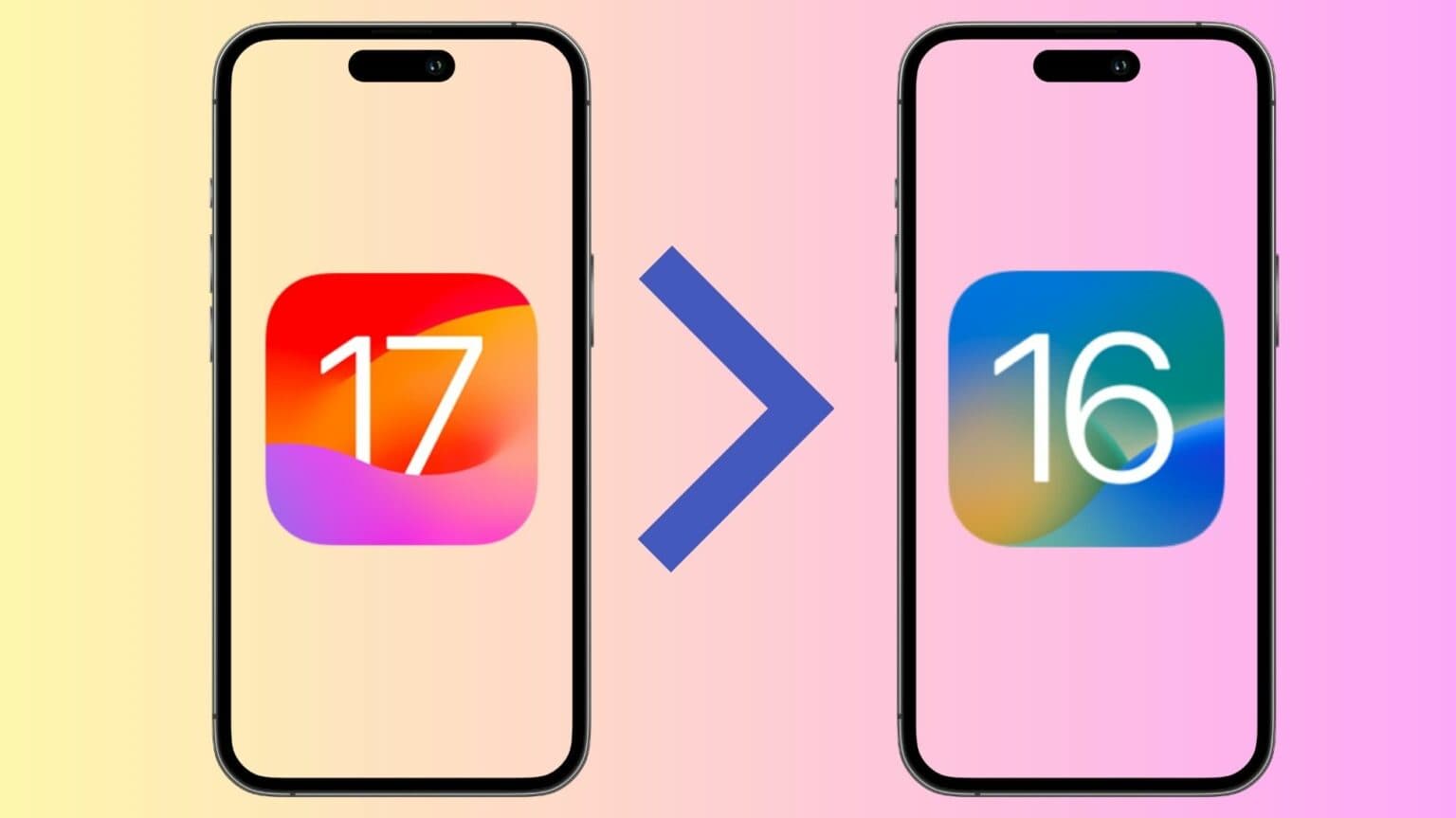
The number of iPhones running some version of iOS 17 passed a milestone. The total recently topped 60%, according to an analytics firm.
Users were initially slow to make the jump past iOS 16, but a solid majority have now done so.

Over 30% of iPhones are running iOS 14 exactly a week after the release, according to data from an analytics company. That’s a 50% faster adoption rate than iOS 13 a year ago.
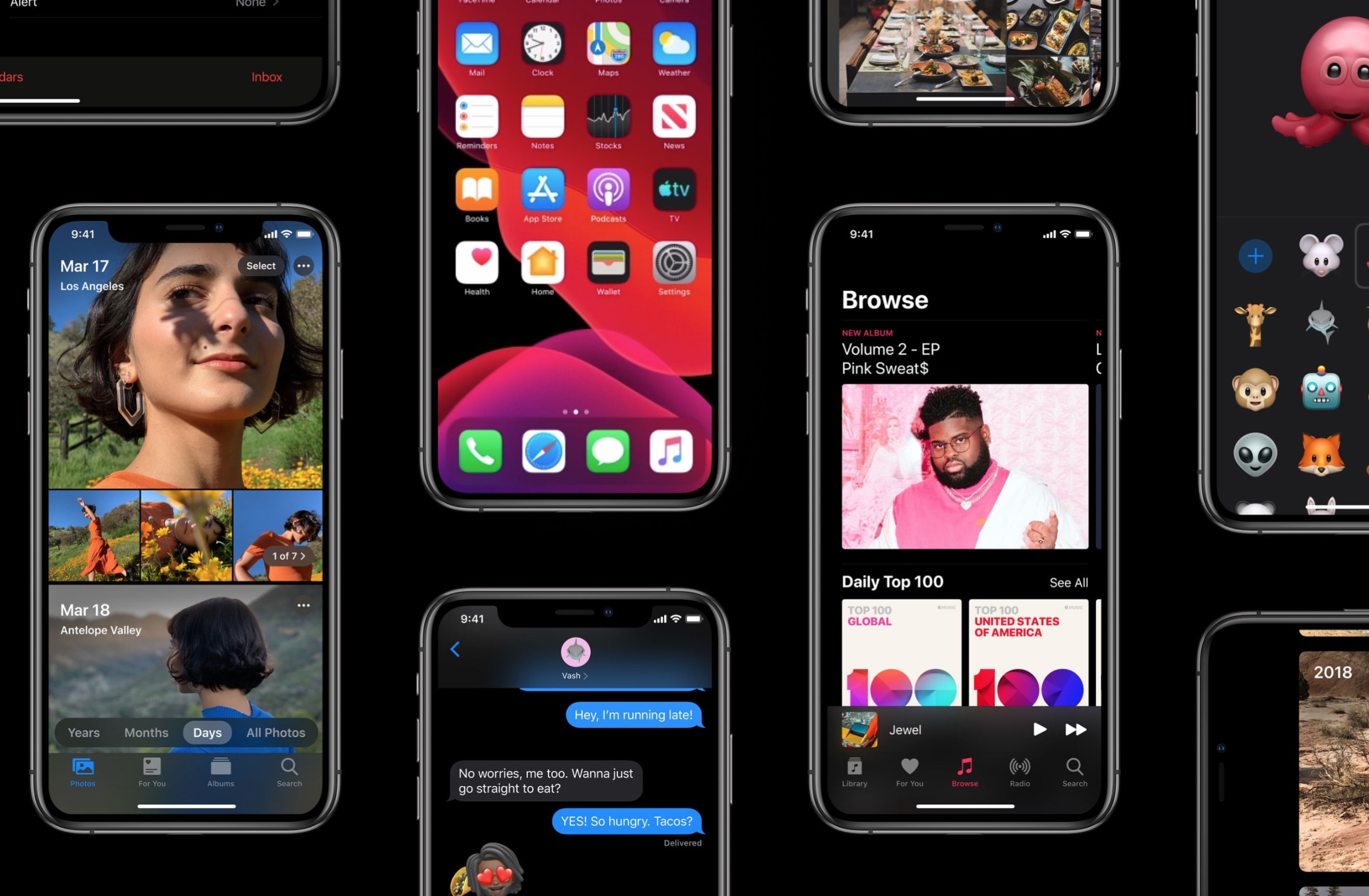
iOS 13 is now running on an impressive 55% of all iPhone models introduced in the last four years. It has taken less than a month for adoption to reach that figure. And it puts iOS 13 on par with iOS 12.
iPadOS, now its very own operating system, has reached 41% of all iPads introduced during the same time period.
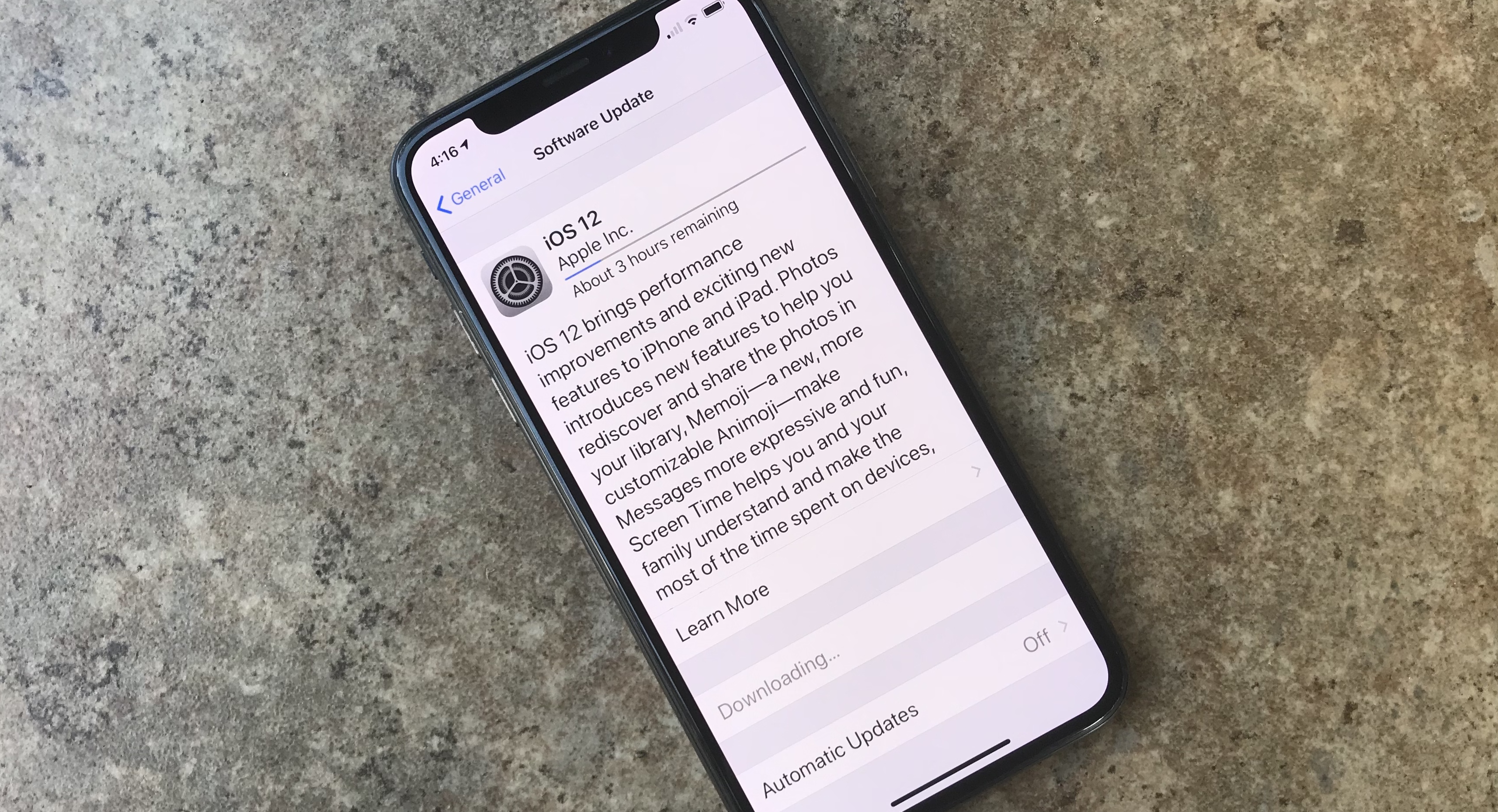
Almost half of all iPhone and iPad users have already upgraded to iOS 12, according to new data.
It’s an impressive adoption rate for a major upgrade that’s only been officially available for just over two weeks. Its speedy uptake can likely be attributed to its new features and significant performance improvements — especially for older devices.

Apple has no problem getting operating system upgrades out to its customers. The vast majority of iPhone and iPad users are running the latest iOS version. And all of these people will be able to make the jump to iOS 12 later this month for free.
Contrast that with Apple’s chief rival. Just a small percentage of Android users have a recent version.
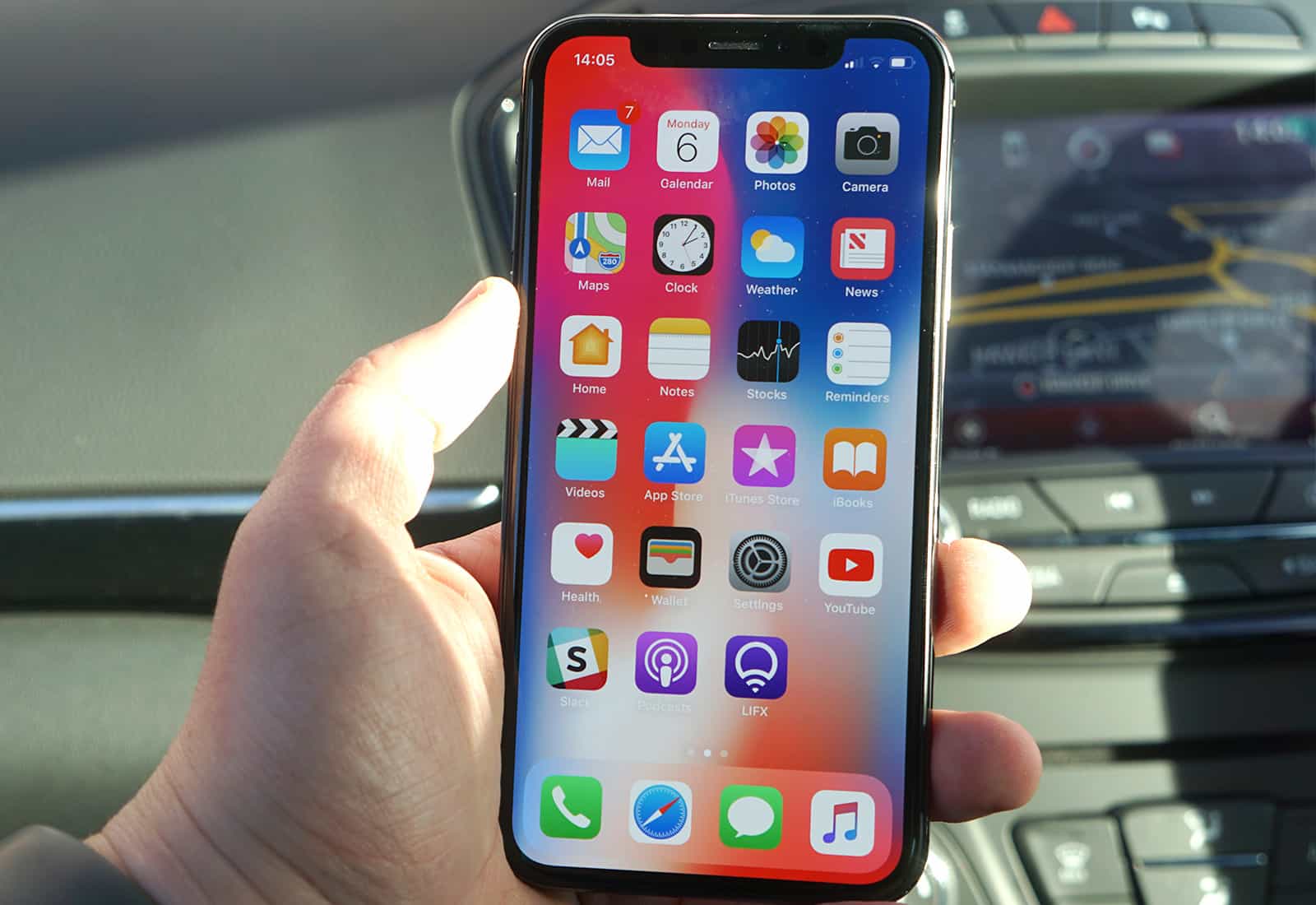
More than half of all compatible devices are now running iOS 11. It has taken just over six weeks for the update to reach this milestone since its public release. iOS 10 managed to get there a little faster.
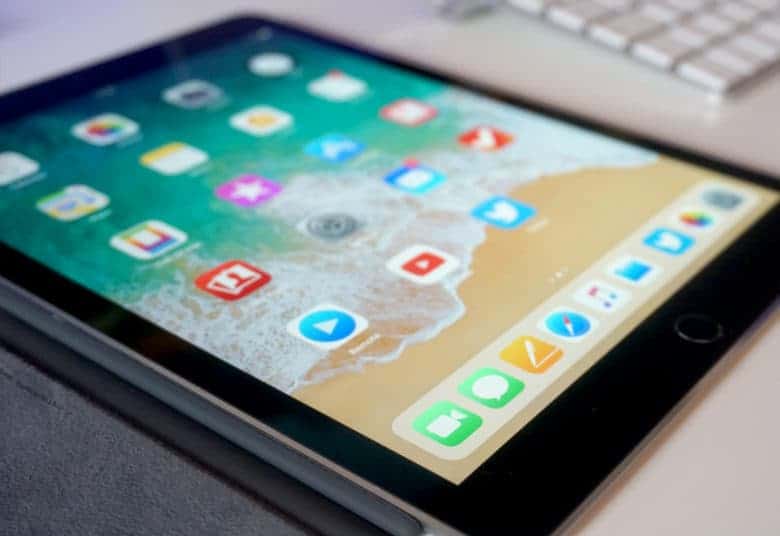
iOS 11 has already overtaken iOS 10, less than a month after making its public debut.
Last year’s release is still installed on over 45 percent of devices, but its reach has been falling rapidly since September 19. Users are clearly keen to get their hands on Apple’s latest software features and improvements.
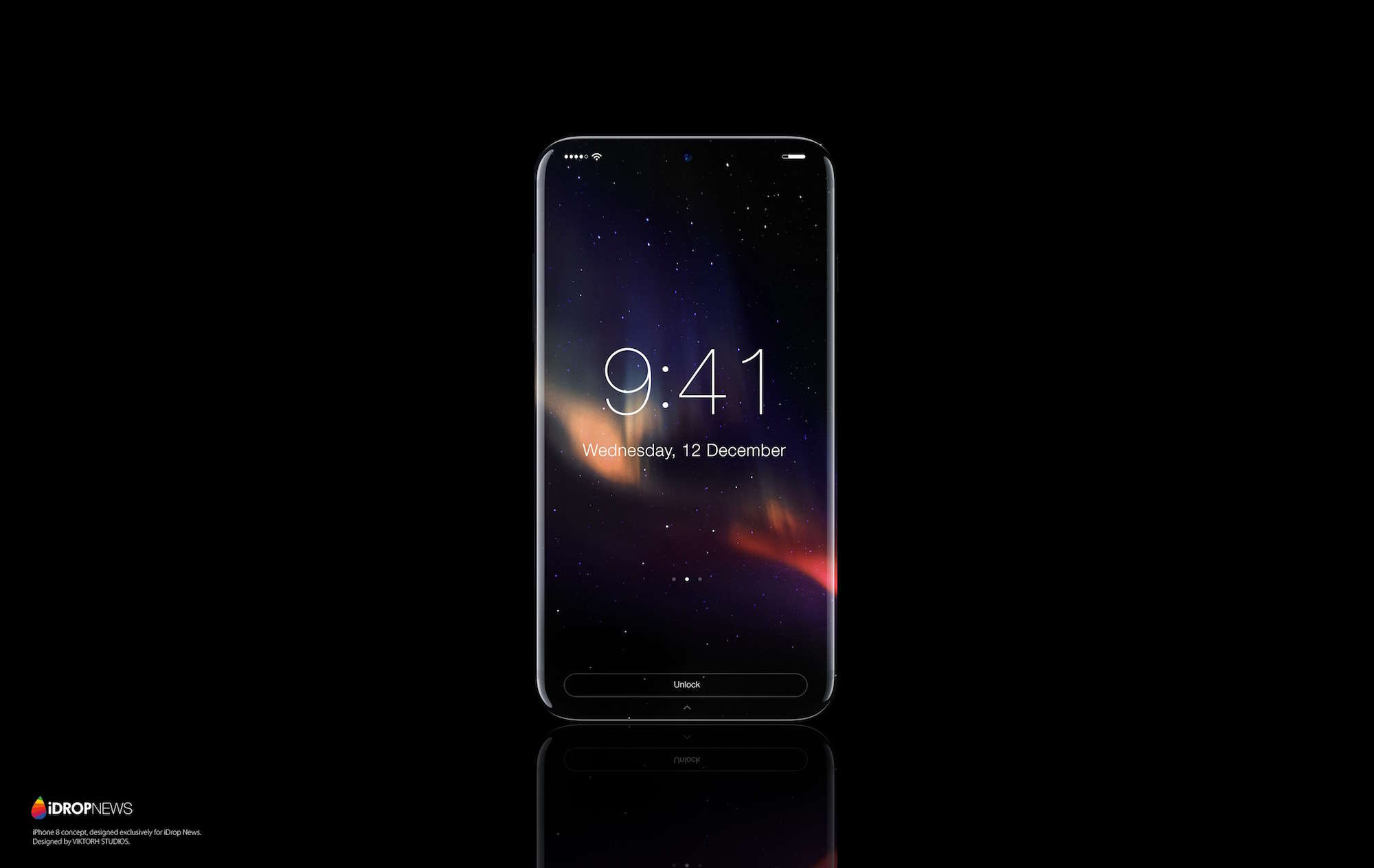
iPhone 8 will drive mass adoption of OLED displays as rival smartphone makers fight to compete with Apple, new research shows.
Rumors have already accelerated the development of new displays for other brands, and it’s thought that 50 percent of all handsets will feature an OLED display by 2020.
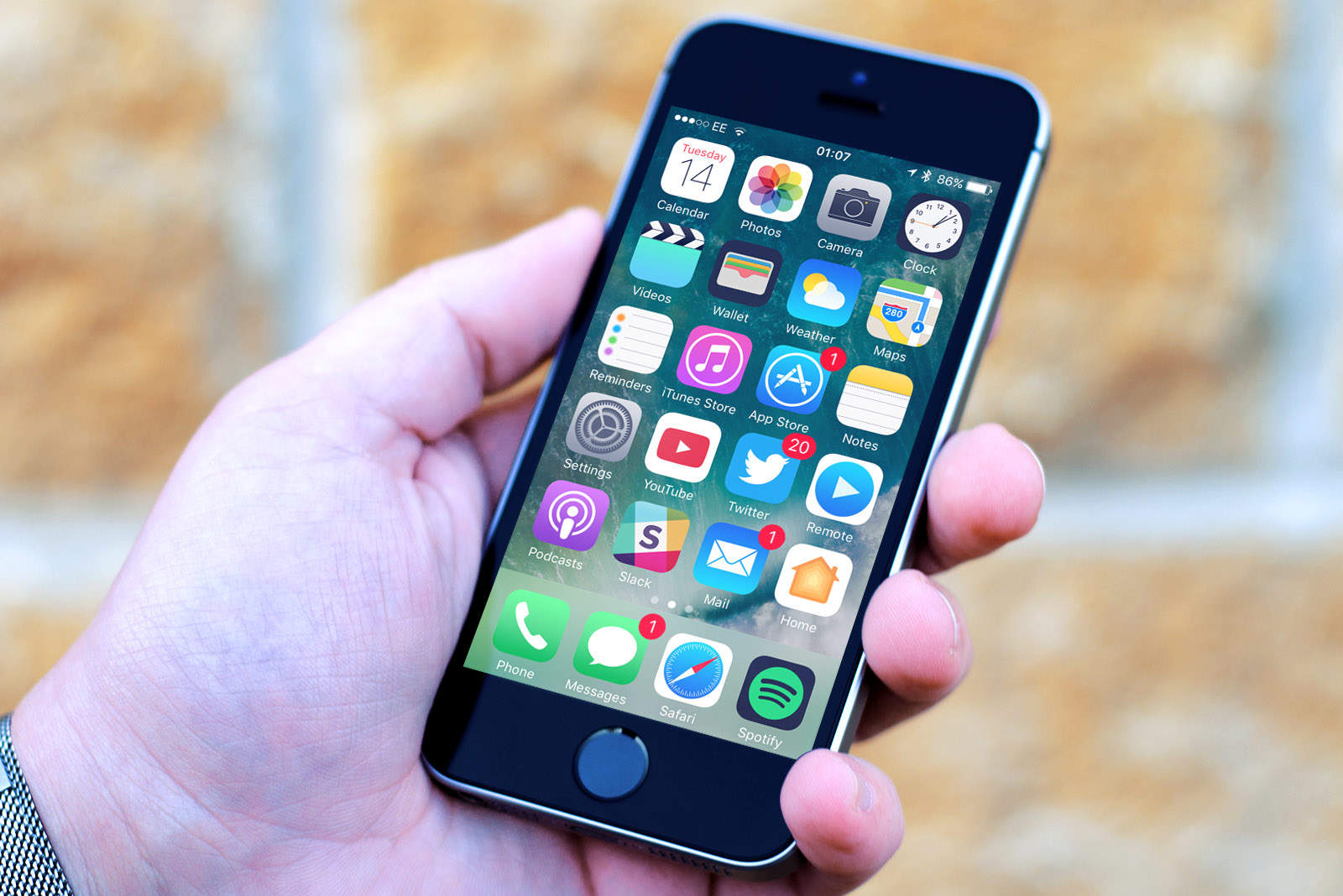
Apple has revealed its latest App Store stats as of January, which show that iOS 10 has now been installed on 76 percent of devices.
The update made its public debut less than four months ago, bringing a revamped Messages experience, new 3D Touch features, a more open Siri, and lots more.
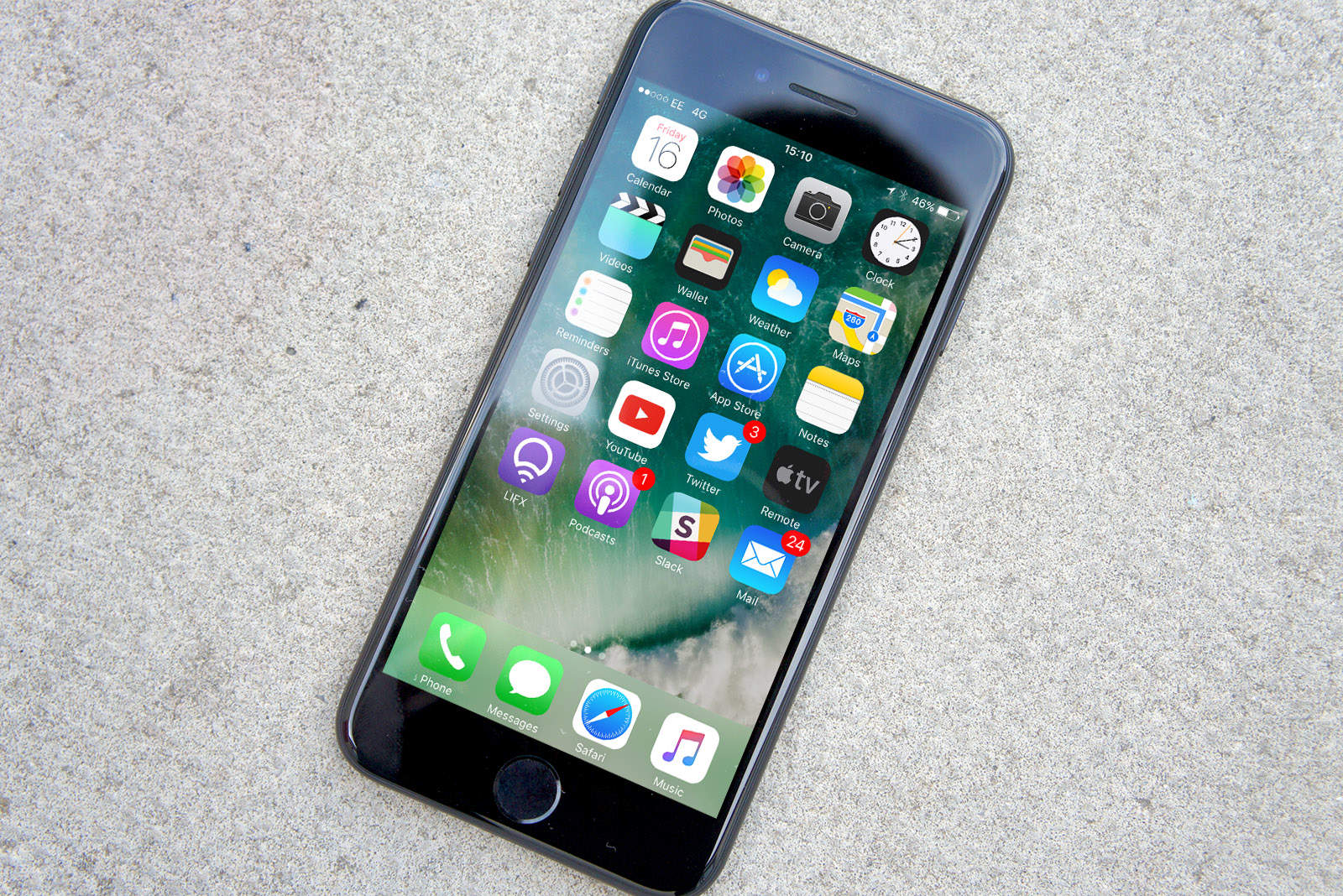
iOS 10 now has a larger install base than iOS 9, just over two weeks after making its public debut. Apple’s latest software has now reached 48.16 percent of all devices, while iOS 9’s share has dropped to 47.79 percent.
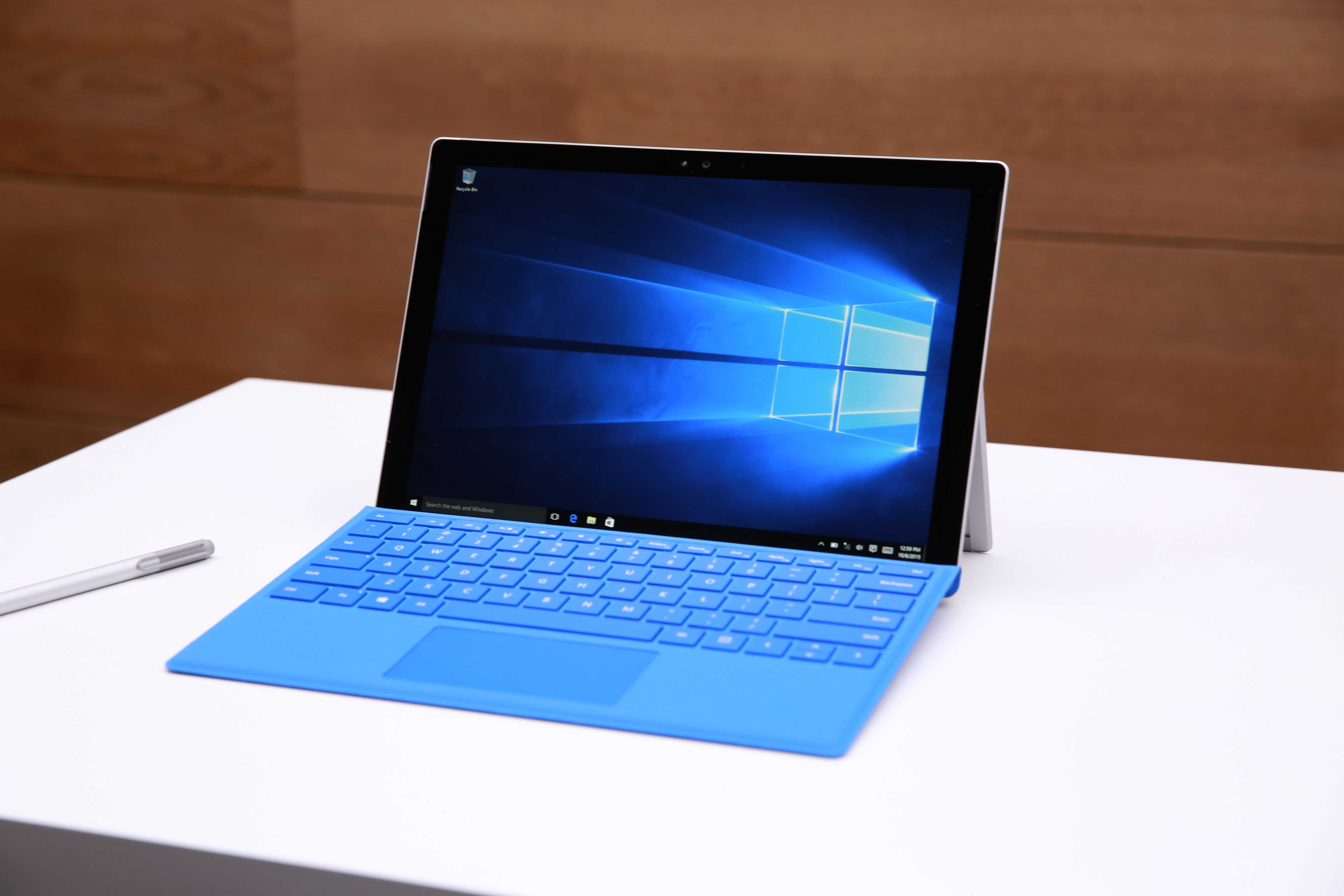
I like Windows 10. There, I said it. But unfortunately for Microsoft, millions of others have no interest in it.
Despite being free for almost a year, the company’s latest upgrade hasn’t been able to put any significant dent in Windows 7’s user base. It has only just overtaken the universally despised Windows 8.1 release.
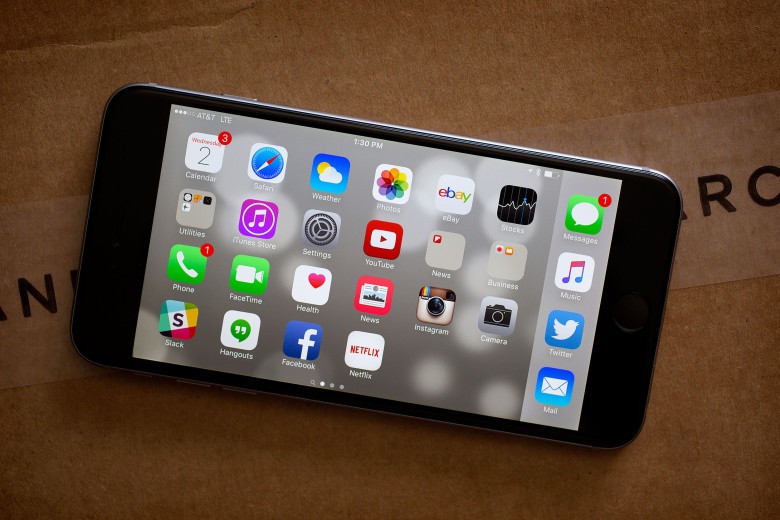
iOS 9 adoption has ground to a halt, remaining static at 77 percent, according to Apple’s latest developer figures.
This is the exact same percentage of iOS 9 users as last time Apple published its adoption figures, on February 8 — and just 1 percent growth from this time last month. Meanwhile, 17 percent of users are running iOS 8, and 6 percent are still using an early version of Apple’s mobile OS.
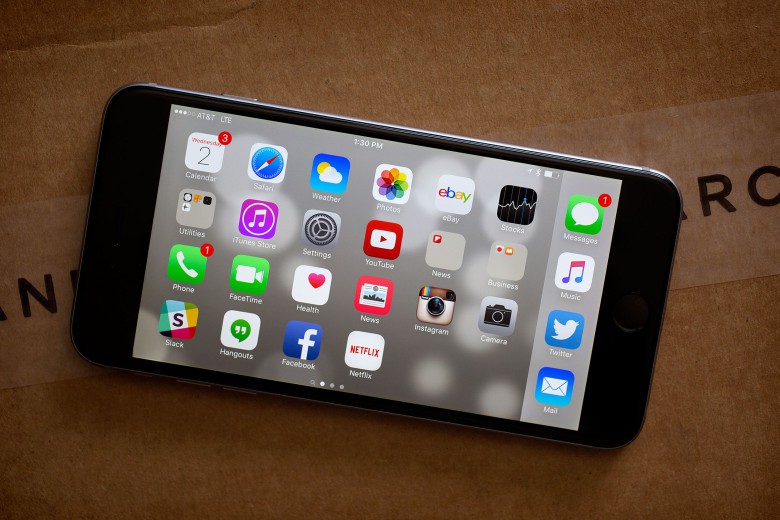
71 percent of iOS users are using the latest version of the mobile operating system, according to stats released by Apple. Measured by visits to the App Store this week, the stats also show 21 percent of users are running iOS 8, while 8 percent are running previous versions of iOS.

Almost half of all iOS users are using the latest version of Apple’s mobile operating system, according to figures released by Cupertino on its App Store Distribution page.
The figures show that as of September 21, 46 percent of users had upgraded to iOS 8, slightly down from the 49 percent of users on iOS 7. A tiny minority (just 5 percent) of users are still using earlier firmware versions.
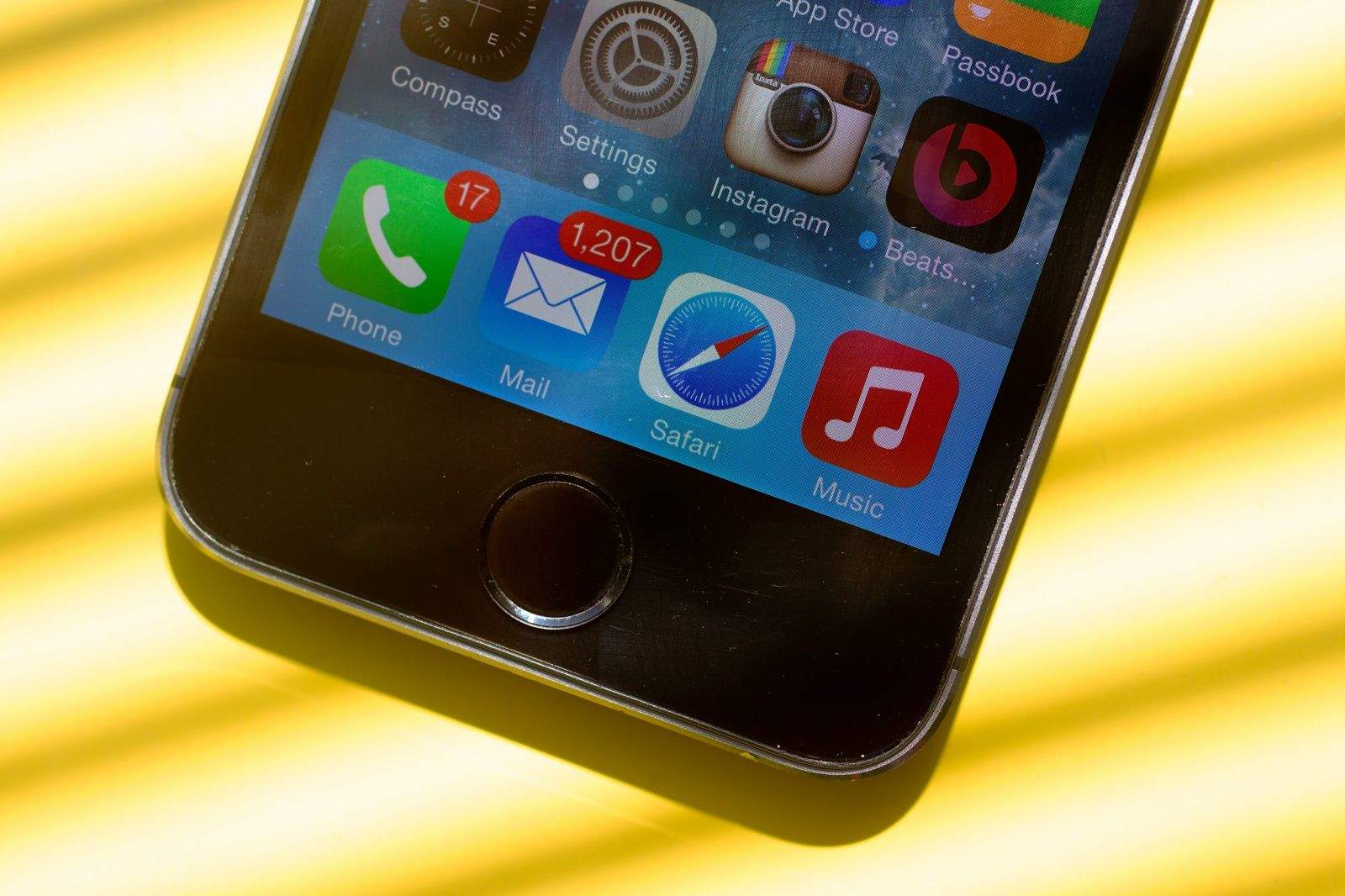
A massive 87% of iOS users are currently running some version of iOS 7 — according to the latest numbers revealed on Apple’s developer site.
The figure is up from 85% at the end of March, and 83% one month ago, when Apple introduced iOS 7.1. This update added several new features such as CarPlay, and also tweaked iTunes Radio, the Touch ID fingerprint sensor, and Siri.
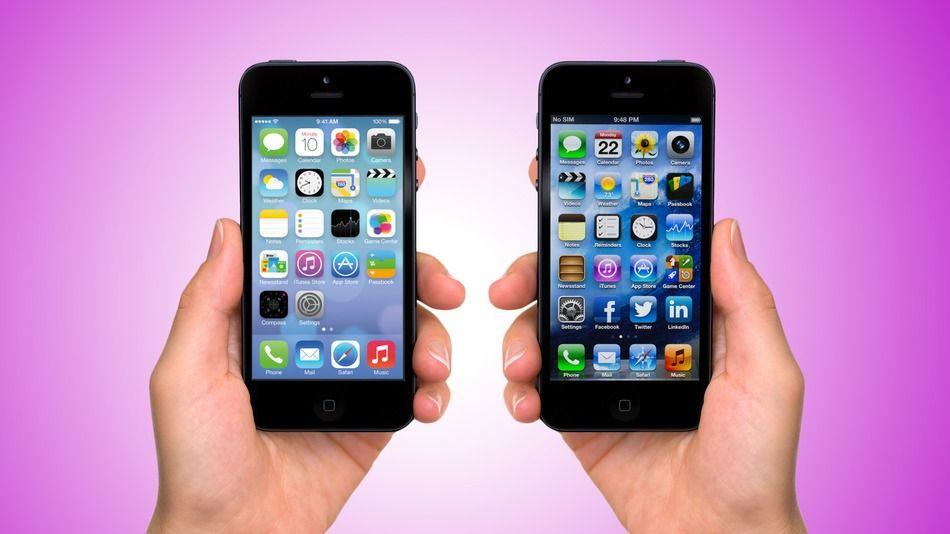
Many of the stats we have about iOS marketshare and demographics come from third-party companies, most of whom are tracking ad impressions within their network. As such, their stats have the potential of being inaccurate, and need to be taken with at least a little bit of salt.
Looks like online ad network Chitika can be trusted though. Earlier this week, we reported that Chitika was now tracking 74.1% of all devices as running iOS 7. Now, Apple is backing those numbers up, and it makes Google look pathetic.